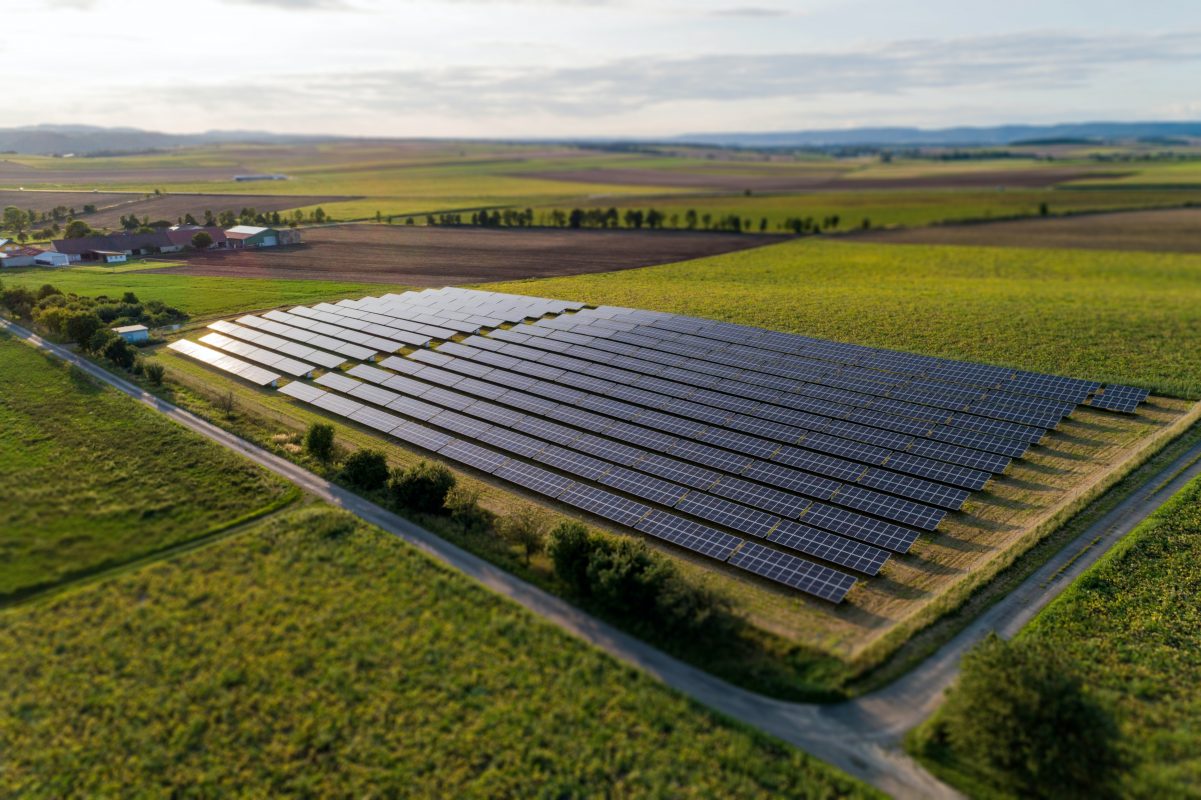Evolving technologies are no stranger in the field of solar power. Innovations are constantly taking place on a global scale. While some may be incremental, others are leaps to entirely new levels. However, some of these are groundbreaking solutions that could forever change the industry’s landscape.
What are some of the notable improvements that solar power has managed to bring to consumers recently? Firstly, evolving technology has improved by leaps and bounds in the past several years, with much more on the horizon. So, below you’ll find just a few compelling examples.
Evolving modular setups
Installing a complete solar panel system might seem an overly daunting proposition. For this reason, techniques exist that progressively allow a homeowner to add additional system elements on the go. The use of this more modular approach solves a variety of problems. Firstly, solar power is an economically feasible solution for a broader range of households. Secondly, it enables a faster rollout with less work necessary to get a basic system up and running. Thirdly, it also eliminates the need for overly extensive renovations to the property.
Additional side benefits
While modular setups simplify integration into the existing power supply, they also bring valuable additional side benefits. In addition, evolving work is being done; attention can also be given to improving other energy issues. To illustrate, an example is reducing heat loss and energy conservation by improving existing structural features. While adding a solar module, attention can be given to improving existing facades and windows. Furthermore, renovating during the installation process also enhances the property’s value. The overall result is to provide occupants with greater convenience and comfort with lower utility bills.
Evolving third-generation photovoltaic cells
Thin-film solar cells have been available since the 1970s, but newer evolving technologies have revitalized this type. For the most part, the main issue with thin-film cells was their lower efficiency. This is compared to their typical thicker silicon counterparts.
Meanwhile, new materials and technology have made third-generation photovoltaic cells—also called ‘emerging photovoltaics’—more appealing. These new materials include copper-zinc sulfide, perovskites, and concentrator photovoltaics. Many are more efficient than the older thin-film stuff and have great potential, especially for low-cost applications.
Of course, some emerging photovoltaic applications are still in the research phase and are not yet commercially viable. Still, there’s a lot of headway made in these alternative technologies. The more options available, the better it will be going forward.
Nanotechnology
Nanotechnology is about manipulating matter on a molecular or atomic level. Research made into using this technology with solar panels could significantly boost the efficiency of future solar power systems. On top of that, there are also many different possible applications. In addition, one can practically take photovoltaic cells anywhere with nanotechnology’s potential benefits.
According to one of the National Renewable Energy Laboratory’s top scientists, nanotechnology has already had a considerable impact. Some techs exist in the efficient solar arrays in some space programs. It will undoubtedly be amazing once this exact science is available for commercial solar products.
The continually evolving technologies used in solar power will help achieve a more renewable future for humanity. Everyone benefits as the applications get better, more flexible, and possibly even cheaper. PV systems today are in a great spot, which is why now’s the best time to get in the game.
Resource: https://renewableenergysolar.net/evolving-technologies-and-solar-energy-innovations/


